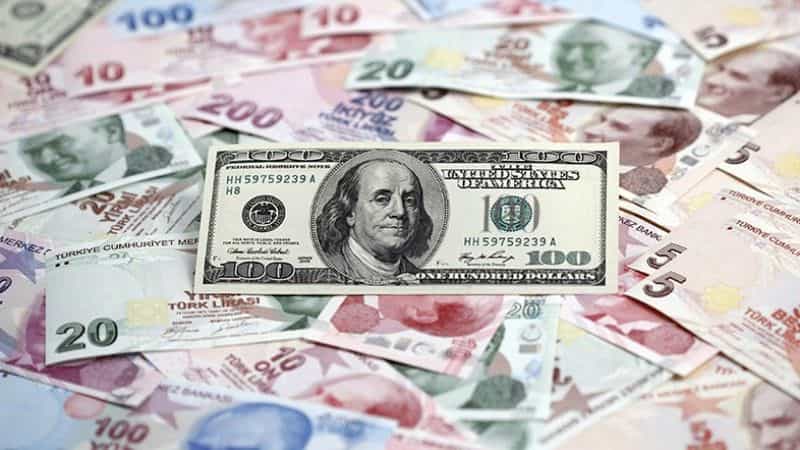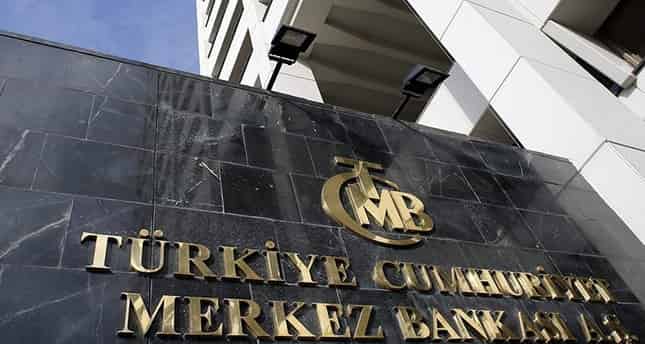Report: Economic Indicators of Turkey – December 2012
OUTLINE OF TURKEY ECONOMY REPORT – DECEMBER 2012
We believe the data down below would be convenient to provide an opinion for anyone who would like to have a swift look at what has been happening in the Turkish economy, on a monthly basis.
September industrial production index increased by 6.2% compared to the same month of the previous year. The increase in the index, which was the highest since November 2011, indicated that the deceleration in Turkish economy during the third quarter might be less prominent than expected.
CBRT, at its meeting held on November 20th , cut the O/N lending rate by a further 50 basis points to 9.0% and kept the one-week repo rate (the policy rate) at 5.75%. CBRT kept its supportive policy stance by decreasing the O/N lending rate third time in a row.
In addition to the Fitch’s upgrade, the reinforced expectations that the CBRT would further cut the rates led the interest rate of the TL benchmark bond to decline significantly to as low as 5.93% as of November 30th.
CBRT announced the Financial Stability Report.
CBRT announced the second Financial Stability Report of the year. In the report, CBRT stressed that the Reserve Option Mechanism will be used more actively in the coming period acting as an automatic stabilizer against the volatility in external financing conditions.
CBRT also noted that the decline in credit rates, which started as a result of the monetary policy mix implemented recently, will continue and the credit growth will be moderate in accordance with the year-end growth prospects and with the financial stability mandate. Besides, CBRT also added that the improvement in foreign trade and current account balance continued.
Benchmark interest rate declined significantly after the rating upgrade.
Turkish markets diverged positively from the fluctuations in global markets even before Fitch’s upgrade of Turkey to investment grade as the decision has been widely expected by the markets. In addition to the credit rating upgrade, the reinforced expectations that the CBRT would further cut the rates led the interest rate of the TL benchmark bond to decline significantly to as low as 5.93% as of
November 30th.
TURKISH ECONOMY
In September, industrial production index increased by 6.2% compared to the same month of the previous year. The increase in index, which was the highest since November 2011, indicated that the deceleration in Turkish economy during the third quarter might be less prominent than expected. It was noteworthy that production increased in 19 sub-sectors out of the 24 sub-sectors that constitute the index. Also, seasonal and calendar adjusted industrial production index increased by 3.9%
compared to the previous month.
Source: Turkstat
On the other hand, according to the figures announced by CBRT November Real Sector Confidence Index decreased by 1.4 points compared to the previous month and realized as 101. The index, which declined in the seventh consecutive month, pointed out that the slowdown in domestic economic activity continued. In addition, capacity utilization rate (CUR) declined by 2.9 points compared to the same month of the previous year and realized as 74%.
Source: CBRT
October Consumer Confidence Index fell by 3.1 points compared to the previous month and realized as 85.7. The decline in the index stemmed mainly from the deterioration in consumers’ expectations on general economic outlook and purchasing power.
According to Household Labor Force Survey announced by Turkstat, the unemployment rate started to display an upward trend due to the slowdown in economic activity accompanied by some seasonal factors. In fact, August unemployment rate increased by 0.4 points compared to the previous month and realized as 8.8%. The seasonal adjusted unemployment rate also increased from 6.2 9.1% in July to 9.2% in August. The number of unemployed people also increased by 122 thousand persons compared to the previous month to 2,445 thousandpersons
Foreign trade deficit declined to the lowest level since May 2010.
The ongoing downward trend in foreign trade deficit recorded since November 2011 also continued in October 2012. Foreign trade deficit narrowed by 31.2% compared to the same month of previous year and realized as $5.5 billion. Thus, the deficit declined to the lowest level recorded since May 2010. In October, exports increased by 11.6% compared to the same month of the previous year, while imports declined by 5.6% in the same period. As of October 2012, import coverage ratio increased to
70.7%, the highest level in the last three years.
Budget deficit reached TL18.8 billion in October.
Central Government Budget posted a deficit of TL4.4 billion in October. In first ten months of the year, the budget deficit and the primary surplus realized as TL18.8 billion and TL24.5 billion, respectively.
Tax adjustments supported the budget expendit
Tax revenues increased by 22.7% compared to the same month of the previous year thanks to the tax adjustments which have been effective since October. The 43% rise in Domestic VAT and 32% rise in Special Consumption Tax were influential in the increase of tax revenues.
BANKING SECTOR
According to the BRSA Weekly Bulletin, as of November 23rd, total deposit volume increased by 8.5% compared to the year-end of 2011 and reached TL793 billion. The growth rate in total deposit volume throughout 2012 was one of the lowest recorded in recent years.
Credit volume has been increasing faster than the deposit volume. As of November 23rd, 2012, total credit volume increased by 12.3% compared to year-end and reached TL779 billion.
CBRT’s monetary policy which has become more supportive of economic activity since June and the recent cuts in the upper bound of the interest rate corridor led the weighted average cost of the CBRT funding to decline significantly. The decline in funding costs also started to be reflected to the credit rates.
EXPECTATIONS
Downside risks to global economic activity have remained in the last quarter of the year due to the uncertainties originating from the Euro Area and the US economies. However, the risk perception is expected to improve somewhat in the coming period as a result of the steps taken in order to the eliminate the said uncertainties.
In Turkey, on the other hand, risks related to current account deficit and inflation have eased remarkably. In addition, CBRT have started to implement monetary policy which is more supportive of economic activity since June. In this context, Fitch’s upgrade of Turkey’s credit rating to investment grade led to positive decoupling of domestic markets from the fluctuations in the international markets. In the case of an acceleration in capital inflows towards Turkey following the credit rating upgrade which might risk the sustainability of financial stability, additional macroprudential measures coould be taken by the CBRT in the coming period
SOURCE: Summary of report by isbank.com.tr





